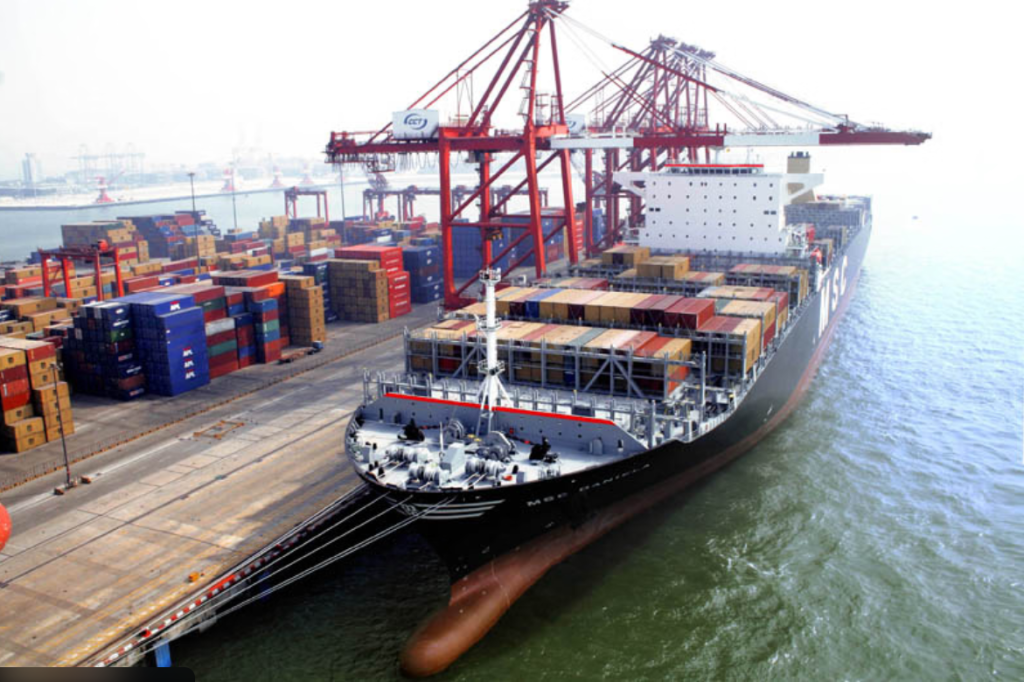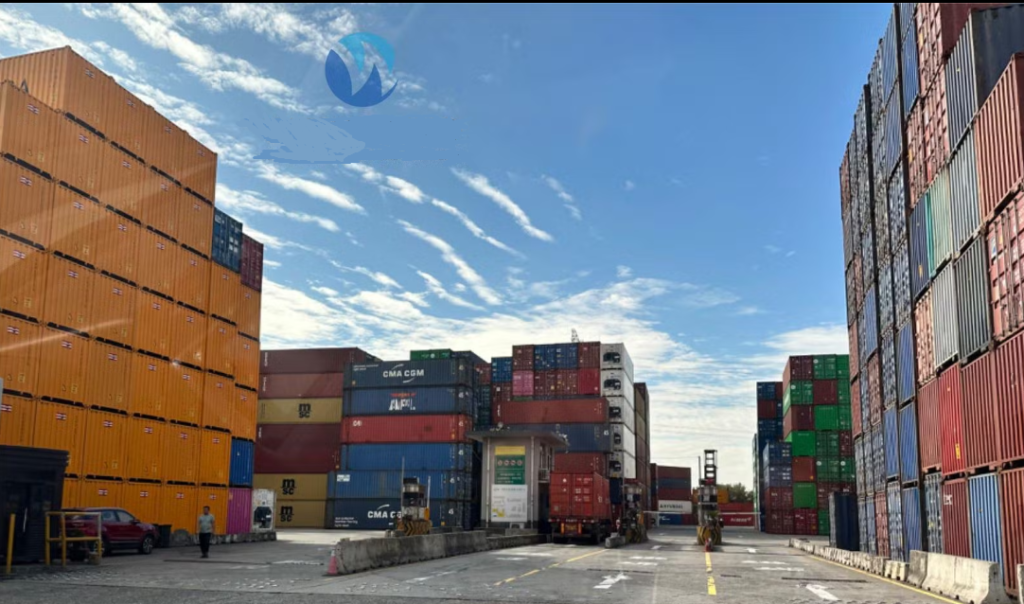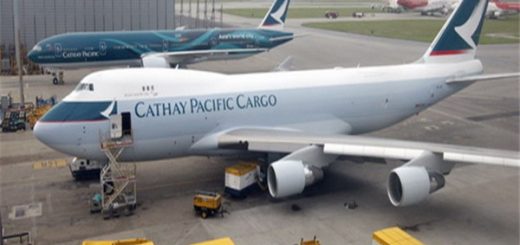Secure & Affordable Furniture Shipping from China: Consolidated Options for EU & North American Buyers (2025 Guide)
Introduction
Importing furniture from China to Europe or North America in 2025 demands a logistics strategy that balances cost-efficiency, shipment safety, and compliance. With trade policies intensifying—like the U.S. imposing tariffs up to 145%—consolidated freight is your best bet for shipping large, fragile items affordably and safely. Whether you’re an e‑commerce retailer, interior designer, or individual consumer, this guide walks you through every step to import furniture via sea or air consolidation without hassle.

1. Why Consolidated Freight Works for Furniture
- Lower freight cost per CBM: Shared container space in LCL or FCL drastically cuts down your landed cost compared to express parcel shipping. LCL rates typically run at USD 60–90 per CBM; FCL drops further when shipping ≥15 CBM.Top China Freight Forwarder+1swwlogistics.net+1
- Reduced handling damage: Fewer transfer points and professional warehouse consolidation reduce risk of scratches, dents, or breakage.中海航运Top China Freight Forwarder
- Fewer customs entries: A single consolidated shipment requires one customs declaration—versus dozens from individual parcels—avoiding repetitive entry fees and delays.
2. Shipping Methods: Evaluate Based on Volume & Speed
| Shipping Mode | Transit Time (China → U.S.) | Estimated Cost | Best For |
|---|---|---|---|
| Ocean LCL (2–10 CBM) | 30–40 days | ≈ USD 70–90 per CBM + port & trucking | Small batch, cost-sensitive shipments |
| Shared or Full FCL | 25–35 days | ≈ USD 1,800–3,500 per 20′ container | Large volume import (≥15 CBM) |
| Air Freight | 8–10 days | Approx. 4.50–5.60 USD/kg (volumetric) | Faster restock of urgent high-value pieces |
For furniture consolidations, LCL works well for smaller batches, while FCL offers safety and scale advantages when volume allows.纽约邮报+7Freightos+7Top China Freight Forwarder+7justchinait.com+3Top China Freight Forwarder+3riwick.com+3justchinait.com+1谷歌云存储+1containerhousedfx.en.made-in-china.com+5fscompass.en.made-in-china.com+5纽约邮报+5Reuters
3. Key Challenges & How Consolidation Helps
A. US & EU Policy Shifts
Due to recent tariff hikes—from 30% to up to 145%—and removal of de minimis exemptions, small parcel shipments now trigger sizable tariffs on aggregate shipments. Consolidation helps contain cost and customs complexity.纽约邮报Investors.comhomebridgechina.com
B. Container Booking Volatility
Surging demand before tariff expirations has caused skyrocketing sea freight costs—up to USD 6,500 for a 40′ container—and frequent blank sailings. Consolidation improves predictability.Guided Imports+1纽约邮报+1

4. Step-by-Step: Furniture Consolidation Workflow
- Select a reliable shipping forwarder with hubs in Shenzhen, Guangzhou, Shanghai, or Ningbo.
- Suppliers ship furniture components (preferably flat-packed) to the consolidation warehouse under your unique code.
- Warehouse staff inspect, label, and photograph each item—recording CBM/weight.
- Consolidate goods into pallets or crates. Decide on air or sea based on urgency and volume.
- Book cargo space: shared FCL or LCL for sea; air freight when needed.
- Provider handles export clearance, ISPM‑15 fumigation (if needed), and sealed loading.
- At destination, one customs entry covers all items—and inland transport to your final address is coordinated.justchinait.com+1simonsense.com+1reefgroup.net.au+7Top China Freight Forwarder+7Freightos+7swwlogistics.net
5. Realistic Cost Examples (2025 Rates)
Scenario A: 6 CBM (800 kg) of Stock Furniture
- Ocean LCL: USD 85/CBM × 6 = $510; plus fuel surcharges, handling, trucking → Landed ≈ $700
- Air Freight (800 kg): USD 5.50/kg × 800 = $4,400; surcharges/clearance → Total ≈ $5,000
Sea consolidation delivers ~7× cheaper landed cost, albeit with slower transit (35 days vs 8–10 days for air).
Scenario B: 20 CBM Shared FCL
- 20′ container rate USD 2,200; shared among 3 importers → $733 each plus clearance → ~$900 per importer.
- Individually shipping same via air would be prohibitive (> $10,000 total).weshipping.en.made-in-china.com+2中海航运+2justchinait.com+2
6. Packaging & Handling Tips for Safe Delivery
- Use flat-pack and disassemble bulky furniture wherever possible.
- Wrap each part in bubble or foam padding, particularly corners and legs.
- Avoid oversized voids in cartons—fill gaps to prevent movement.
- Shrink-wrap pallets, protect wood surfaces, and apply “FRAGILE” labels.
- Insist on load photos prior to departure for insurance or damage claims.asiansourcinggroup.com+10chinadivision+10谷歌云存储+10
7. Customs, Duties & Tariff Implications
- Furniture HS codes usually carry 0–10% base duty, plus Section 301 tariffs up to 145%, creating high landed costs.
- Shared container entries significantly reduce clearance paperwork compared to parcel stacks.
- Ensure ISPM‑15 compliance if wooden crating is used—or use pallets exempt from treatment standards when possible.中海航运+5Top China Freight Forwarder+5纽约邮报+5weshipping.en.made-in-china.com+2chinadivision+2reefgroup.net.au+2
8. Choosing the Right Consolidated Furniture Provider
- Should have dual presence (China + US/EU) and multiple warehouse hubs.
- Offer LCL and FCL options, competitive sea rates, and packaging assistance.
- Provide transparent pricing for fuel surcharge, THC, insurance.
- Provide QC photos, load plan, and freight audit tools.
- Insurance options and claim support in case of damage or loss.
- Should manage export clearance, container fumigation, and duty paperwork.Top China Freight Forwarder
9. Risk Mitigation Strategy: Insurance & Claim Process
- Carrier insurance is often limited (e.g., USD 2.50/kg). Opt for marine all‑risk insurance covering 110% of CIF, plus inland transit coverage.
- Document every step: pre-load photos, packaging condition, seal numbers.
- Each piece should be labeled, described, and recorded to support claims upon arrival.
10. Scalability & Sustainability
- Consolidated load shipping reduces carbon emissions per piece versus multiple parcels or air cargo.
- Bulk shipments allow scalable import routines, making consolidation feasible for SMEs and large retailers alike.
11. Common Pitfalls & How to Avoid Them
- Empty container rates or void CBM. Ensure pallets are tightly packed.
- Poor supplier timing causing missed consolidation windows—coordinate arrival windows in advance.
- Incorrect documentation or missing ISPM certificates—check every paperwork line.
- Customs valuation mismatches—match invoice to HS code and material description accurately.chinadivisionjustchinait.com
12. Future Trends: Why Consolidation Still Matters
- Tariffs and trade barriers are evolving, but parcel-based import charges will remain costly.
- New EU de minimis policies may align with U.S. trends, making multiple small parcels financially infeasible.
- Freight digitization platforms (Freightos, TradeLens) increasingly simplify quoting and compliance.
- Green initiatives and carbon footprint scrutiny reward consolidated cargo over multiple parcel shipments.

